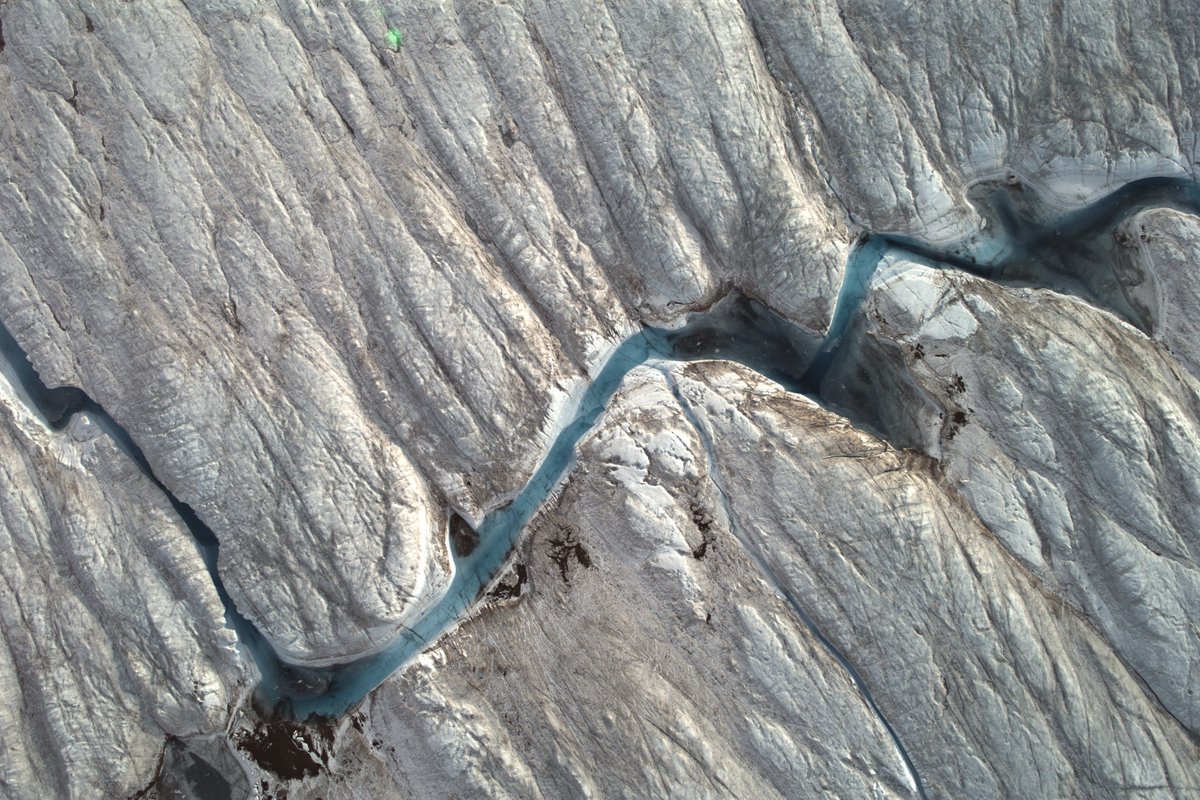These images may look otherworldly, but they don’t show icy exoplanets. These gorgeous photos of Earth’s polar ice come from NASA's Operation #IceBridge—and while the mission officially ended last week, you can still explore more high-def images @nsidc: nsidc.org/the-drift/data…

Summer melting exposes ice layers thousands of years old along the edge of Humboldt Glacier in northwest Greenland. Glaciers consist of snow that has been transformed into thick ice layers and flowed downhill, where it’s often exposed at the edge. 

An iceberg surrounded by sea ice floes off the coast of Wilkes Land, East Antarctica. Operation #IceBridge data helps scientists study the height, thickness and topography of sea ice in the polar seas. Icebergs calve off land ice, and sea ice forms by freezing ocean water. 

The turquoise waters of a glacial river sculpt the surface of 79N Glacier in northeastern Greenland. Rivers and lakes formed by summer melting transport massive amounts of water on, within, and under the ice sheet. 

The shores of a refreezing lake on the surface of Zachariæ Isstrøm in northeast Greenland. A reflection from NASA’s Airborne Topographic Mapper laser altimeter is seen as a pale green dot on the top left corner of the image. 

Ridged sea ice floes in Fram Strait between Greenland and Svalbard. Operation #IceBridge officially came to an end recently, but its legacy will live through the hundreds of terabytes of data collected since 2009. 

• • •
Missing some Tweet in this thread? You can try to
force a refresh







